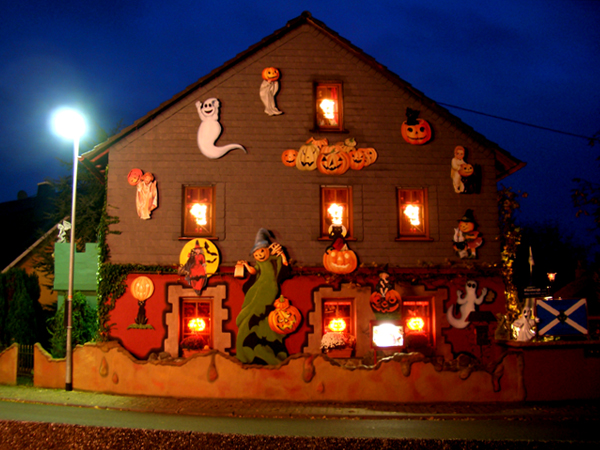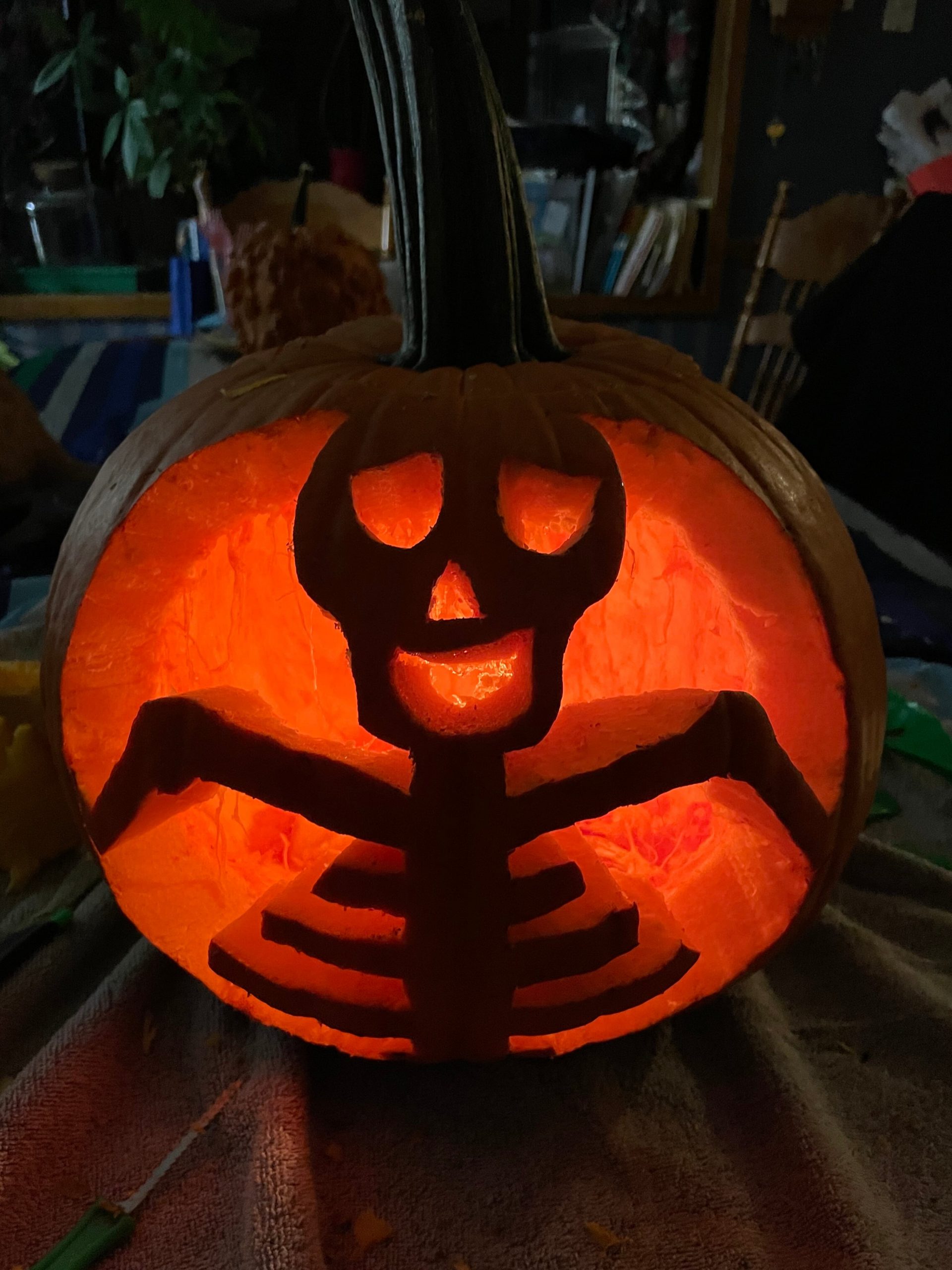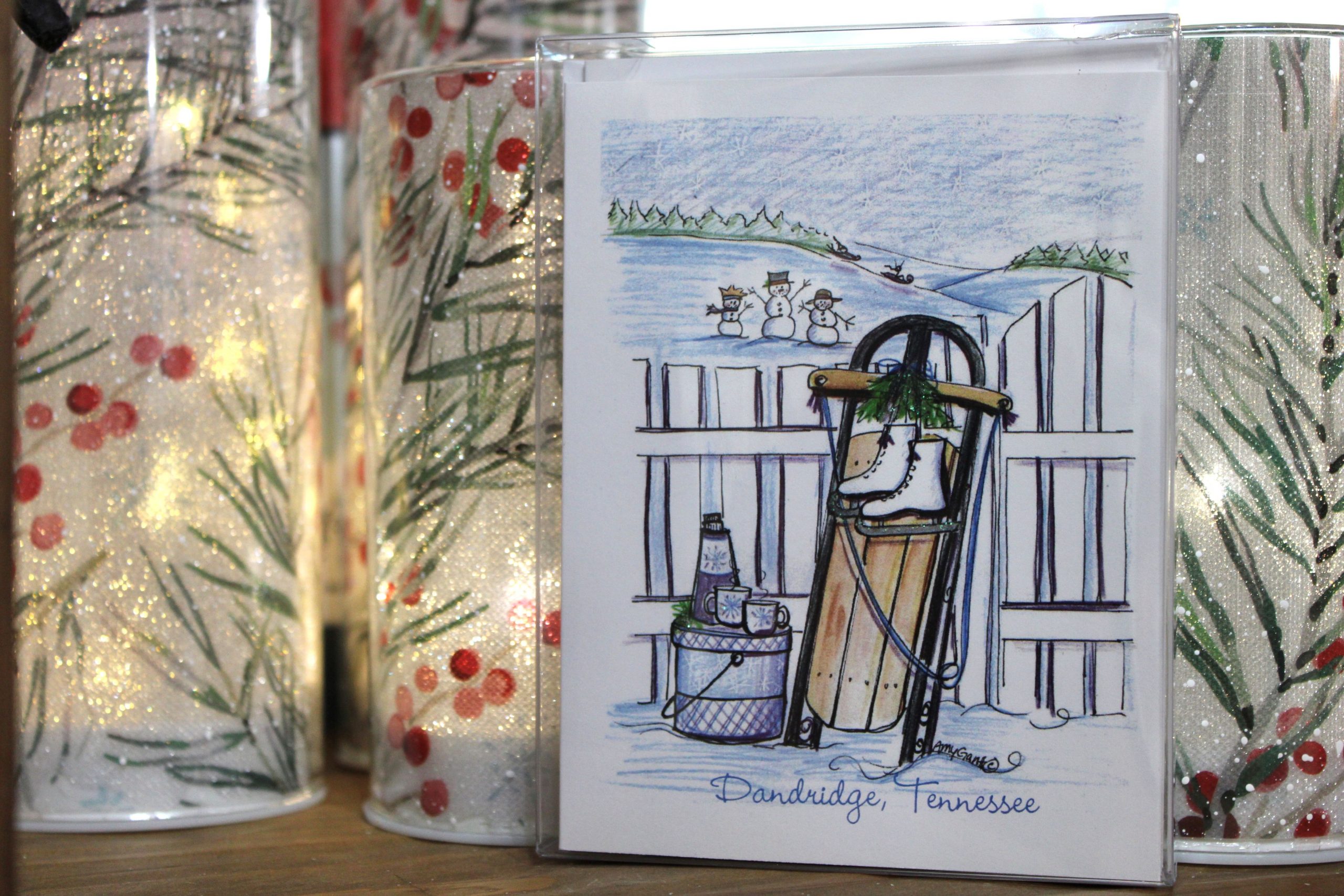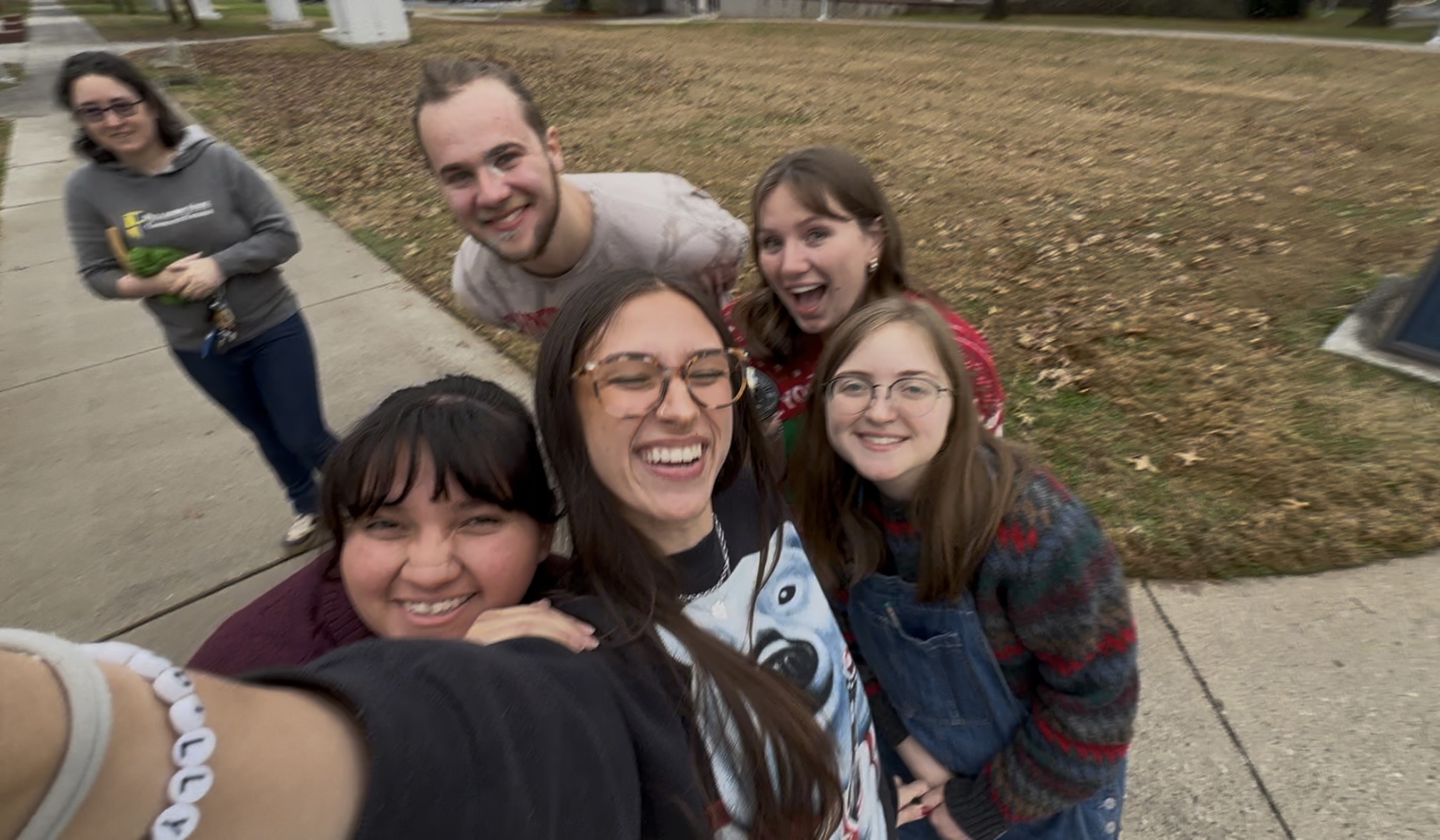- The Many Origins of Halloween
- Flipping the Coin: A Thanksgiving Play
- Holidays Around the Globe: From Christmas to Yule and Everything In Between
By Patrick Dobyns, Editor
The days are growing shorter. Leaves have changed their colors. There’s a chill in the air. It’s undeniable now; Fall is here! And with fall comes one of the favorite holidays for people of all ages, Halloween! It’s inarguable that the holiday has become something of an American staple, with entire companies dedicated to costumes and spooky decorations. In much of the rest of the world, the holiday is downplayed, but here, we tend to go all out. Haunted houses, scary movies, and trick-or-treating are treasured staples – but how did we get here? Where does Halloween come from? Why do we go door-to-door at night for candy, dressed up as monsters or other characters, carving out pumpkins with scary faces?
All Hallows’ Eve
In the early eighth century, Pope Gregory III established a three-day period of worship called Allhallowtide. It was intended as a period of remembrance for Christianity’s saints, martyrs, and honored dead. The days of celebration were All Hallows’ Eve on October 31, All Saints’ Day on November 1, and All Souls’ Day on November 2.
All Hallows Eve, the day that eventually became Halloween, was a day to prepare for the mass and feasts of the next two, and was typically marked by a vigil, or a period of fast and sleeplessness. This was standard for the eve of many major holidays, but this one started to take on unique characteristics. Because the nature of the worship was centered on the honoring of the deceased, people would gather in graveyards to remember, and sometimes give gifts to, the dead. This practice would spread throughout all of Allhallowtide and would lead to the final two days of the holiday being celebrated in Mexico as the Day of the Dead.
Another tradition of Allhallowtide was “Souling.” During the fifteenth century, the poor of Britain and Germany began going door-to-door offering prayers for the dead in exchange for soul-cakes. The baking of soul-cakes was part of an even earlier tradition, where bread was left out as an offering for the dead. Souling would usually be practiced both in Allhallowtide and Christmastide, and would also be accompanied by singing and performances. The practice during Christmas would eventually evolve into the tradition of Caroling, while children during Halloween would eventually adopt the practice as trick-or-treating.
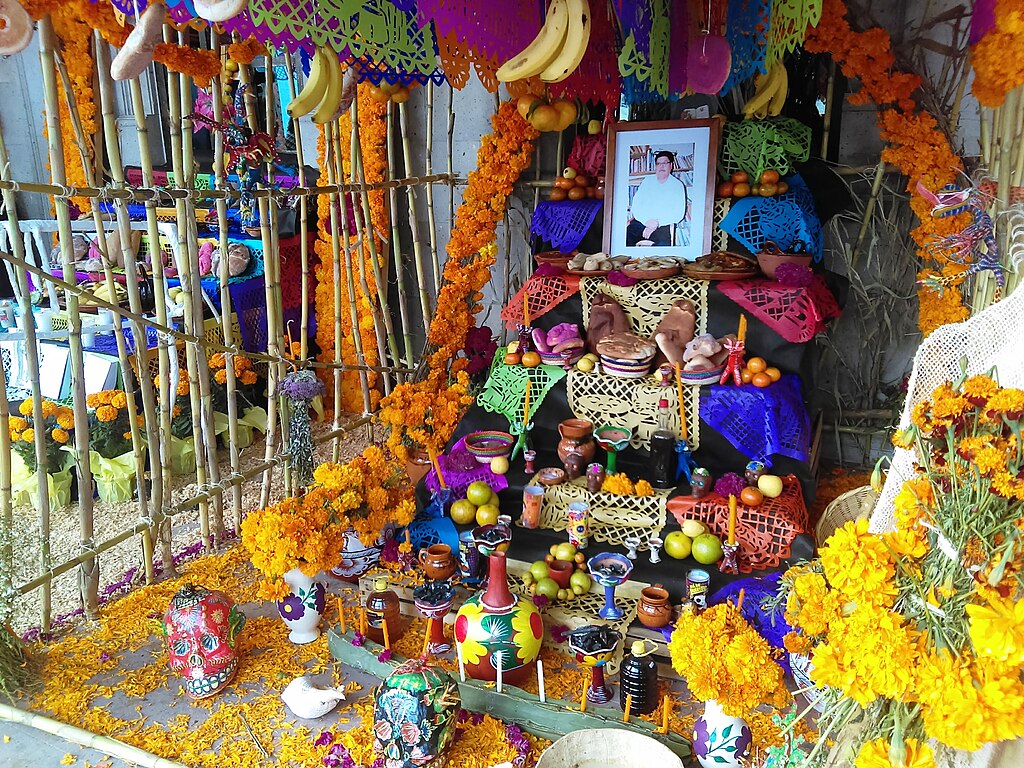
Samhain
A frequent claim for the origins of Halloween is a Celtic celebration called “Samhain” (pronounced “SAH-win”), also held on October 31. While the earliest written reference to the holiday only appears in the Ninth century (well after Pope Gregory III established Allhallowtide), there is significant evidence of the holiday from even before the Celtic period of Britain, such as entrances to Neolithic tombs being aligned to the sunrise of Samhain. It was believed that the day was when the veil between worlds was at its thinnest, where fairies, spirits, and perhaps even the Gods could briefly cross over to our world. Offerings would be left for them in exchange for a good fall harvest and an easy winter.
Even after Christianity had spread to every corner of the British Isles, belief in these spirits never died. Around the same time as the Souling tradition arose in England, the rest of the Isles saw people dressing up in costume to do the same. Peasants would go to multiple households, gathering food for “Samhain feasts.” Many would mask their face or wear some disguise made to imitate the spirits, believing that the disguises would protect them from their otherworldly wrath; this was known as “guising.” The disguised would also tend to threaten those who didn’t show them the proper hospitality with mischief.
For those who did not go out to gather food, there was another way to protect themselves from malevolent spirits. Turnips were hollowed out and carved into faces, made to represent spirits or other supernatural beings. They would be placed on a windowsill and have candles placed within them. Because of a popular legend of Stingy Jack, who made a deal with the Devil and was forced to carry a turnip-lantern forevermore, these eventually became known in Ireland as Jack-o’-lanterns.
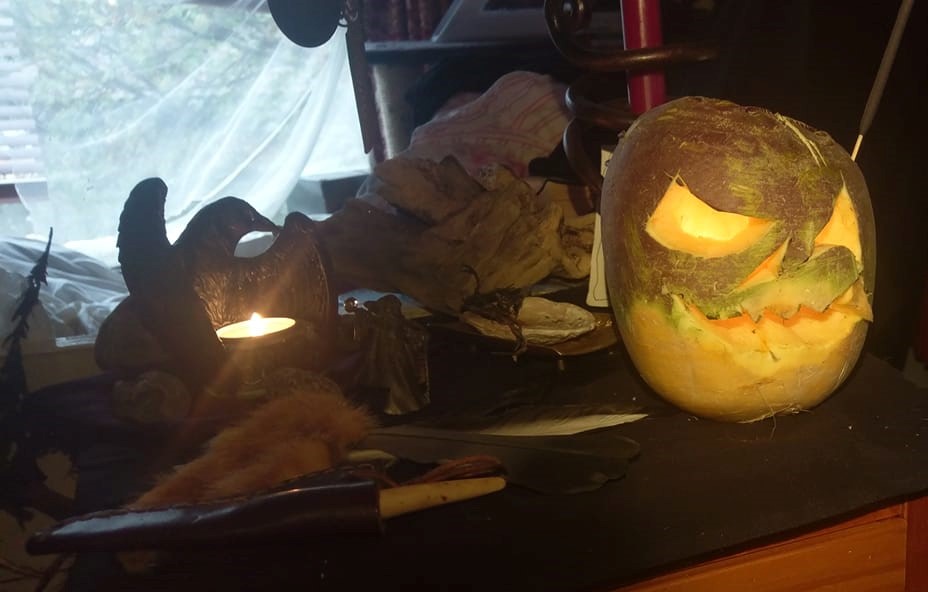
Halloween
When European colonists came to the shores of America, they brought their memories of the dead with them. Allhallowtide was celebrated in much the same way as it always had, although it somewhat dipped in popularity. A number of the religious minorities that came to the colonies, such as the Puritans, either didn’t celebrate the day or outright opposed it. After the US broke away from Britain, the holiday became increasingly obscure.
In the Nineteenth and Twentieth centuries, however, the holiday saw a boom in popularity. Increased immigration from Ireland and Scotland saw the Gaelic influences of Samhain brought to new light and certain Catholic traditions practiced in places like Cajun Louisiana merged with the Celtic style of celebration. Pumpkins replaced turnips as Jack-o’-Lanterns, due to their being easier to hollow out and carve, as well as their larger availability. Children took up the tradition of guising, recorded first in Ontario in the early 1900s and the day’s association with the remembrance of the dead inspired ghost stories, leading to a fascination with haunted houses naturally growing from that.
While the holiday was initially limited to the migrant communities who had originally practiced it, these traditions quickly became mainstream. It shifted from a religious observance of saints and martyrs to a secular celebration of the supernatural and frightening. The American style of Halloween would spread to much of the rest of the world, even fundamentally altering how the same holiday was celebrated in Europe.
The rest of the world, however, would not adopt Halloween nearly to the level the United States did. In 2023, Americans were projected to spend over $12 billion on Halloween decorations, costumes, and candy; this was up from $10.6 billion in 2022, and the 2025 holiday is projected at over $13 billion.
The season has come; the crisp autumn air and the bounty of spooky décor have once again set the scene for a splendid Halloween. It’s a time for fun and fright, celebration and observation. Looking back at the history of Halloween helps us understand where all our modern traditions come from, as this holiday originates from different cultures intermingling and adapting each other’s customs, from dressing up to go trick-or-treating, carving pumpkins, or even communing with the dead. Halloween is more than just a fun celebration; it’s representative of the United States’ diverse heritage and deserves to be commemorated as such.
